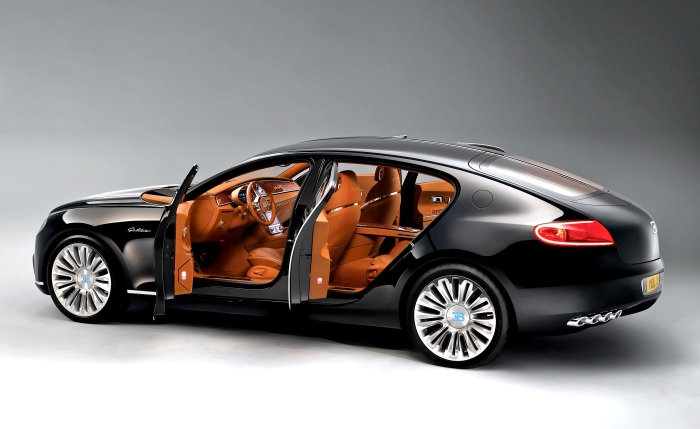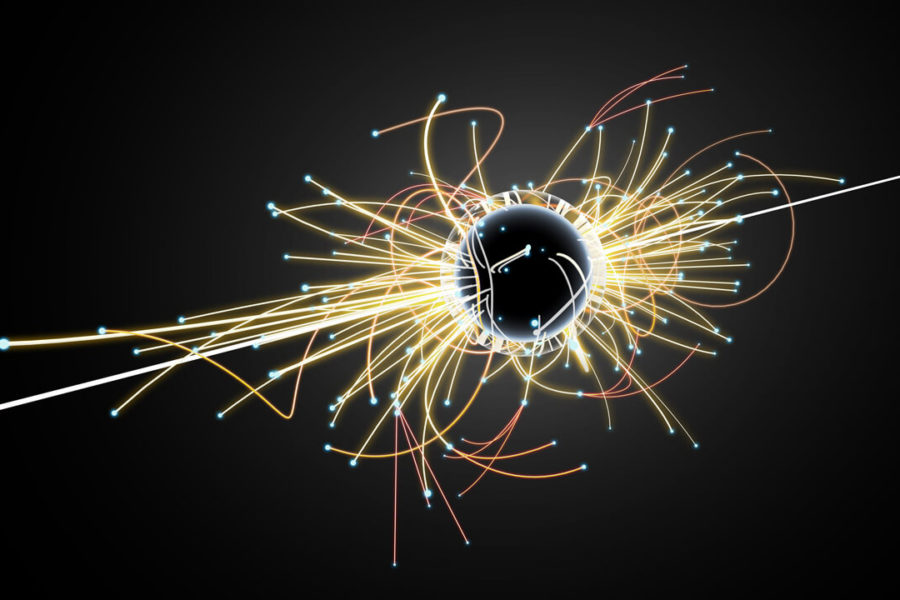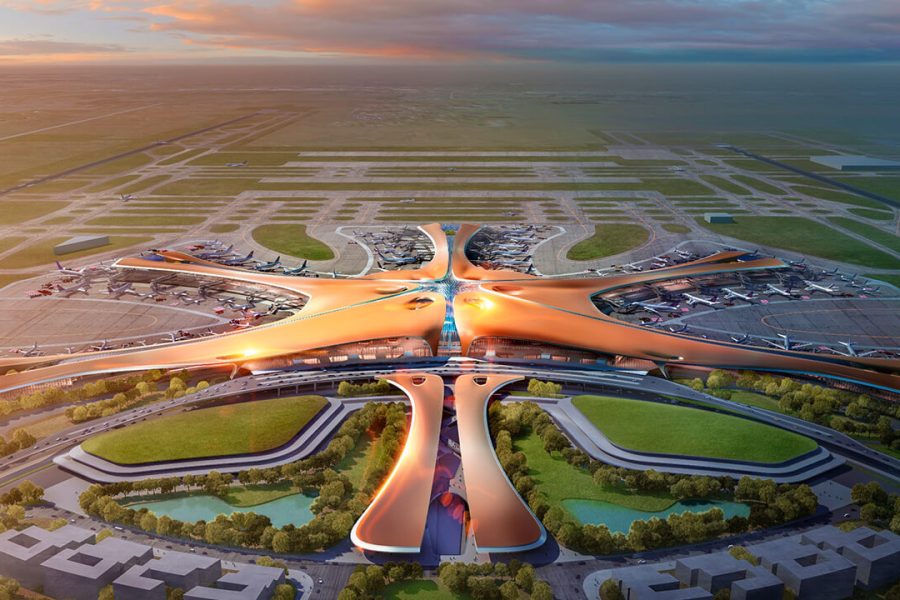
Every year, the automotive industry produces many new prototypes of cars and about a dozen new models of cars. The advantages of new models can only be assessed during serial production. At the same time, there are situations when luxury cars did not make it into production. From the idea to the finished product, force majeure occurred. Here are 5 examples of the difficult fate of cars that could have become a dream, but never saw the light of day.
1. Bugatti 16C Galiber

This royal 4-door car from Bugatti was presented in September 2009 in a small town in France and was named after a mountain pass for cyclists because of its maneuverability. It could compete with Rolls-Royce Phantom and Bentley Mulsanne. The maximum speed of this beauty is 370 km/h.
The twin-turbocharged W16 engine with a power of 800 to 1000 hp is the main difference from competitors, which gives the right to enter serial production in the near future, if funds are available. Until 2013, the release of the car was postponed more than once. For now, Bugatti has switched to developing a new Chiron model.
2. Tucker 48
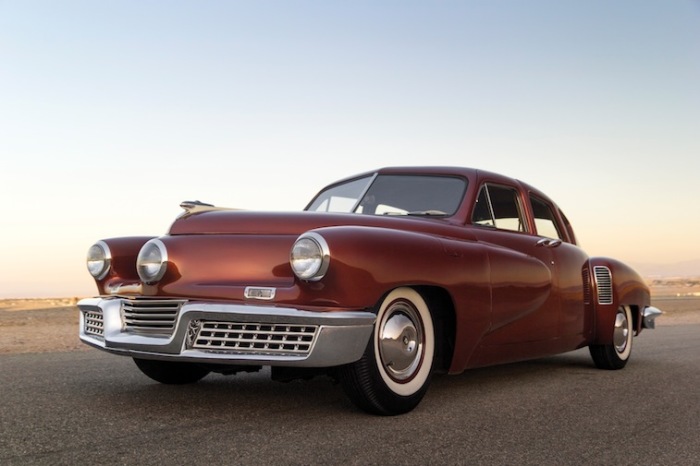
The serial production of the car, which was supposed to revolutionize its industry, was prevented by the big three Ford, General Motors, Chrysler. And the financial problems of the car designer Preston Tucker did not allow him to survive in this unequal struggle. Only 50 such models were produced, and several more were assembled from spare parts that remained. And the film "Tucker: The Man and His Dream" became a screen version of the story of the struggle for the life of this car.
3. Nissan R390
The Nissan R390 was created as a "killer" of the fastest production supercar at that time, which won the 24-hour race. Cooperation with Jaguar and Aston Martin yielded results in 1997, when the first sample was able to accelerate to a speed of 350 km/h.

But this speed championship did not help him, as the requirements for racing cars of this class were changed and the Nissan R390 was left out of the game. Of the five cars released, only one remained, which was released on the track.
4. Chrysler ME Four-Twelve

The V12 engine with four turbochargers, 850 hp and a speed of about 400 km/h should have guaranteed the right to serial production for the Chrysler developers. But the project turned out to be expensive, and the higher management froze the production of this model.
5. Chevrolet AeroVette
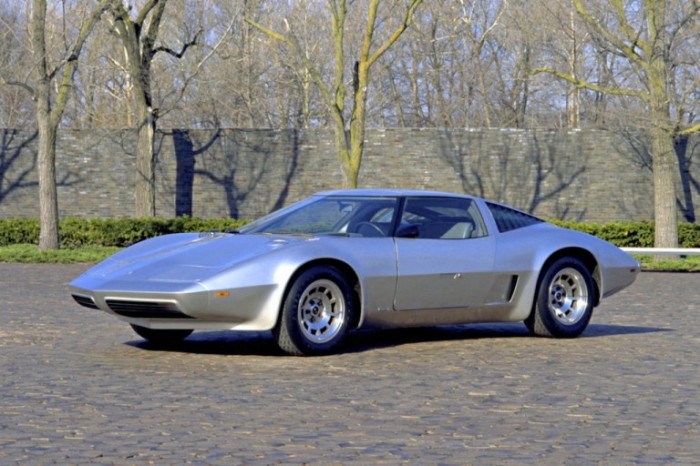
If this concept had been adopted in the 70s, today's cars would look different, thanks to the Chevrolet AeroVette. It was also then that the mid-engine layout, so popular at the time, began to be used.
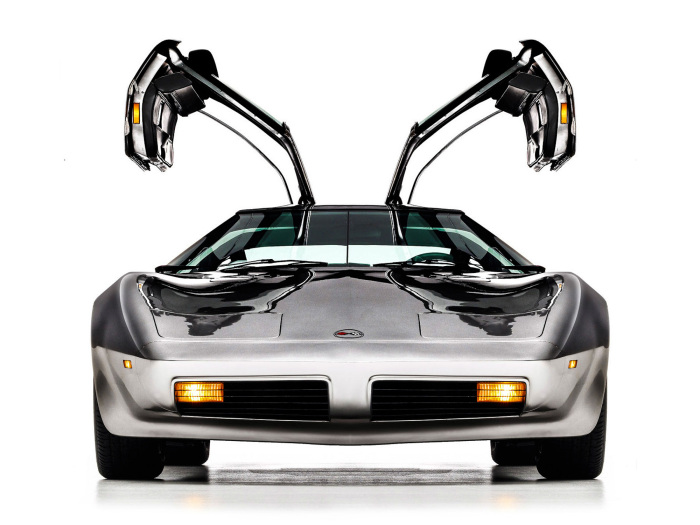
The developers awarded the trial version of the AeroVette with an aluminum body and an experimental rotary piston engine, and even prepared several variants for serial production. This was a response to the release and start of sales of the DeTomaso Pantera sports cars by Ford. There was little time left for a significant start after the announcement, as a change in management led to the cancellation of this project. The car never left the assembly line.

